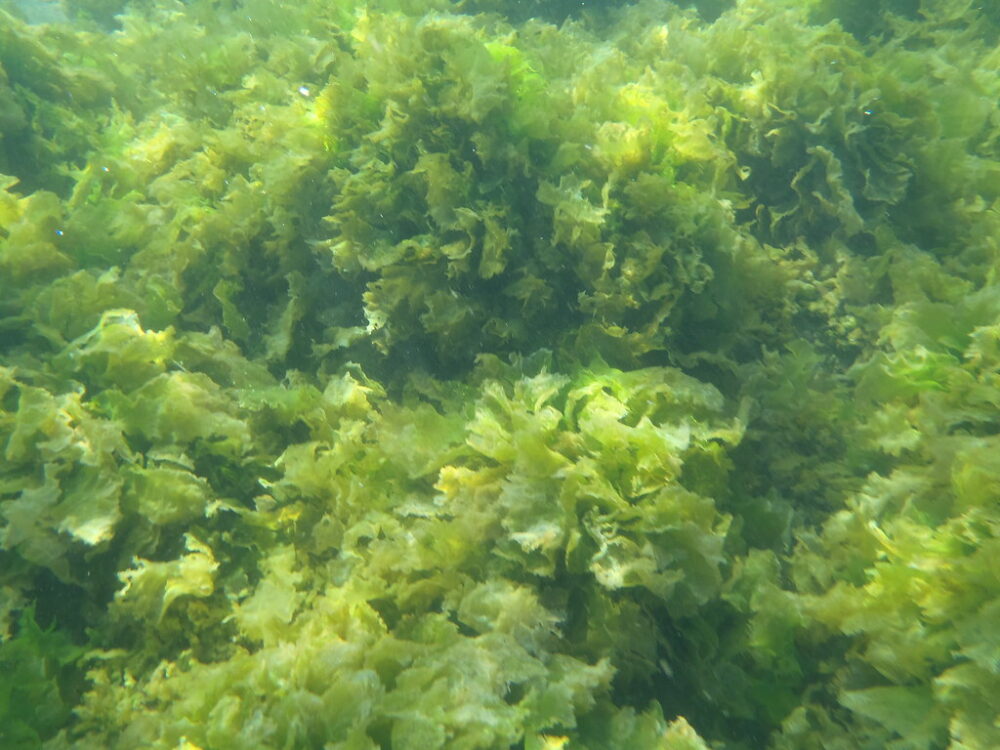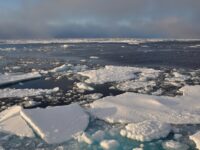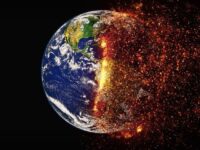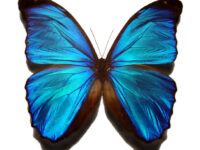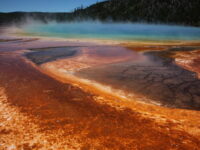It should come as no surprise that global warming is as bad as ever, and the future is not looking great. And while the entire world is feeling the effects of human actions on the environment, certain places are suffering worse than others. Specifically, the Arctic has felt consequences unlike ever before. Due to mass carbon dioxide and greenhouse gas levels, there has been a temperature rise of over 5 degrees Celsius within the last 30 years, according to a study in Nature Climate Change. As a result, 2010 to 2015 was recorded as the warmest five years ever for the Arctic. But besides the melting of glaciers, what exactly is global warming doing to the Arctic that cannot be seen? That answer lies below the surface.
Phytoplankton, or microalgae, are microscopic organisms that make up the foundation of most sea ecosystems. Like other plants, they contain chlorophyll and use sunlight during photosynthesis. By obtaining sunlight, phytoplankton are able to grow and mature. They also provide the necessary nutrients for shrimp, jellyfish, and snails alike. Without phytoplankton, the Arctic would likely be void of any organisms. What makes phytoplankton so impressive, though, is their super efficiency when it comes to production. They are able to use every little photon to stay alive and adapt to some of the harshest conditions on the planet.
Without phytoplankton, the Arctic would likely be void of any organisms.
But even though that may be true, marine scientists have always thought that phytoplankton growth is limited during the winter. With temperatures well below freezing, barely any sunlight, and almost two meters of snow and ice blanketing the waters, how is anything expected to survive? Rather, it was assumed that, when spring arrived and temperatures started to rise and ice melted, there were massive blooms of phytoplankton. New data turns this preconceived theory on its head, however. It seems that, instead of one massive bloom, phytoplankton continuously grow through the winter months with levels apparent even in the coldest parts of February. And while a gradual rise in the winter has shocked scientists the most, it also appears that blooms continue much later into the year than previously expected. Altogether, the fascinating data has perplexed the scientific community because how exactly is it possible? With little to no sunlight, it should be nearly impossible for anything to survive, much less thrive. And while more research is being conducted to explain the phenomenon, one point stands out: so much of the Arctic remains a mystery.
One point stands out: so much of the Arctic remains a mystery.
Yet, while phytoplankton do serve as the backbone of the Arctic, they may also be slowly killing it. Phytoplankton blooms are becoming larger and longer than ever as a result of global warming, rising sea levels, and the melting of large ice shelves. Data published in Progress in Oceanography shows that the net primary production of phytoplankton increased between 70 and 112 percent over a 15-year experimental study. That mass increase in the net primary production directly correlates to severe sea-ice loss of 4.2 to 5.4 percent a year. Melting ice shelves has also rapidly spread nutrients throughout the Arctic, explaining why phytoplankton blooms are now so heavily favored. And while phytoplankton allow for millions of organisms to survive, extreme blooms have phytoplankton levels which are excessive and even dangerous to the Arctic environment.
With enough open space, increased light emissions, and less ice blockage, phytoplankton blooms have become larger than ever. With excess nutrients, these blooms can produce harmful algae blooms, otherwise known as HABs. They can then produce extremely toxic compounds dangerous to all different types of sea organisms. Large blooms can also create enough surface area to completely block out light, thereby affecting or killing anything that lies beneath its massive shape. HABs have become more common within the last couple of decades and can be seen worldwide across all types of ecosystems. Additionally, there is currently no way to stop these blooms unless carbon emissions, waste, and excessive nutrients in the water are drastically decreased.
While phytoplankton do serve as the backbone of the Arctic, they may also be slowly killing it.
Phytoplankton, while a critical part of the natural world, are also one of the things that stand to bring it down. They can adapt to the coldest and most severe conditions and live with limited sunlight and resources. They are the central component of the Arctic and polar environments of the world. But will they help save or further hurt the declining environment? Only time will tell.
Nature Climate Change (2020). DOI: 10.1038/s41558-020-0905-y
Progress in Oceanography (2015). DOI: 10.1016/j.pocean.2015.05.002
